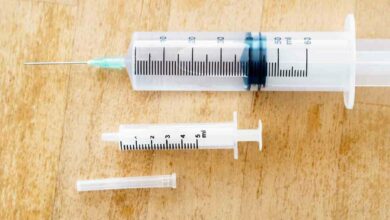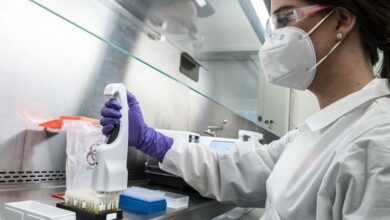Can Diabetic Retinopathy Be Reversed? Exploring Treatment Options

Diabetic retinopathy is a serious eye condition caused by long-term uncontrolled diabetes. It is a leading cause of blindness among working-age adults. People with diabetes should be aware of the potential risks and complications associated with this eye disease. However, it is important to understand that diabetic retinopathy can be managed, and in some cases, its progression can be slowed or even reversed. This blog post aims to shed light on the treatment options available for diabetic retinopathy and whether it can truly be reversed.
Understanding Diabetic Retinopathy:
Diabetic retinopathy occurs when high blood sugar levels damage the small blood vessels in the retina, causing them to leak fluid or blood. This ultimately leads to vision problems, including blurred or distorted vision, floaters, and the loss of central vision. In its early stages, the condition may not present noticeable symptoms, making regular eye exams crucial for individuals with diabetes.
Preventing and Managing Diabetic Retinopathy:
While complete reversal of diabetic retinopathy may not always be possible, proper management can significantly slow its progression and prevent further damage. Here are some strategies to consider:
1. Keeping blood sugar levels in check: Maintaining stable blood sugar levels is the cornerstone of managing diabetic retinopathy. This can be achieved through medication, a healthy diet, regular exercise, and constant monitoring of blood glucose levels.
2. Controlling blood pressure and cholesterol levels: High blood pressure and cholesterol can exacerbate the damage caused by retinopathy. Managing these conditions through lifestyle changes and medications can help protect the eyes.
3. Regular eye exams: Early detection is key to successful treatment. Diabetics should undergo comprehensive eye exams at least once a year or as recommended by their eye care specialist. These exams detect the signs of retinopathy and allow for timely intervention.
Diabetic Retinopathy Treatment Options:
While reversing diabetic retinopathy completely may not always be feasible, certain treatments can slow its progression and improve vision quality. These include:
1. Laser Treatment: Laser therapy (photocoagulation) is a common treatment for managing diabetic retinopathy. The laser is used to seal off damaged blood vessels, preventing leakage and reducing abnormal vessel growth.
2. Intravitreal Injections: In severe cases, injections of medications directly into the eye may be provided to prevent the progression of retinopathy. These medications help reduce swelling and decrease the possibility of abnormal blood vessel growth.
3. Vitrectomy: In advanced stages of diabetic retinopathy, a vitrectomy procedure may be necessary. It involves removing the vitreous gel from the eye and replacing it with a clear solution, ensuring a clearer vision.
Conclusion:
Diabetic retinopathy, though a potentially serious condition, can be managed effectively through various treatments and lifestyle changes. While complete reversal may not always be attainable, diligent management can significantly slow down its progression, and in some cases, lead to a considerable improvement in vision. It is crucial for individuals with diabetes to be proactive in their eye care and regularly consult with their eye specialist to ensure early detection and appropriate intervention. By working closely with healthcare professionals and adopting a healthy lifestyle, it is possible to lead a fulfilling life despite diabetic retinopathy.
Author : Sankara Eye Hospitals, India












